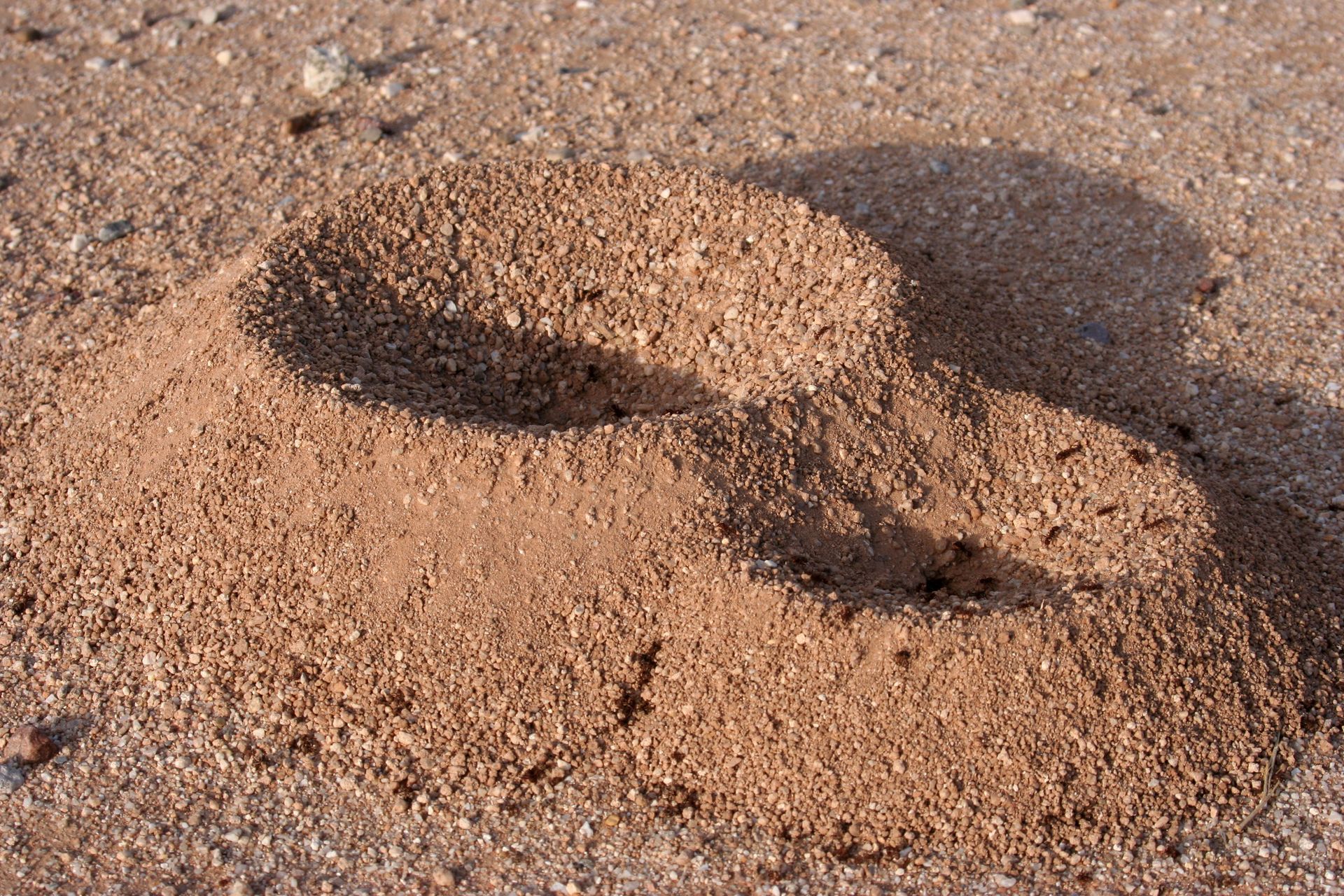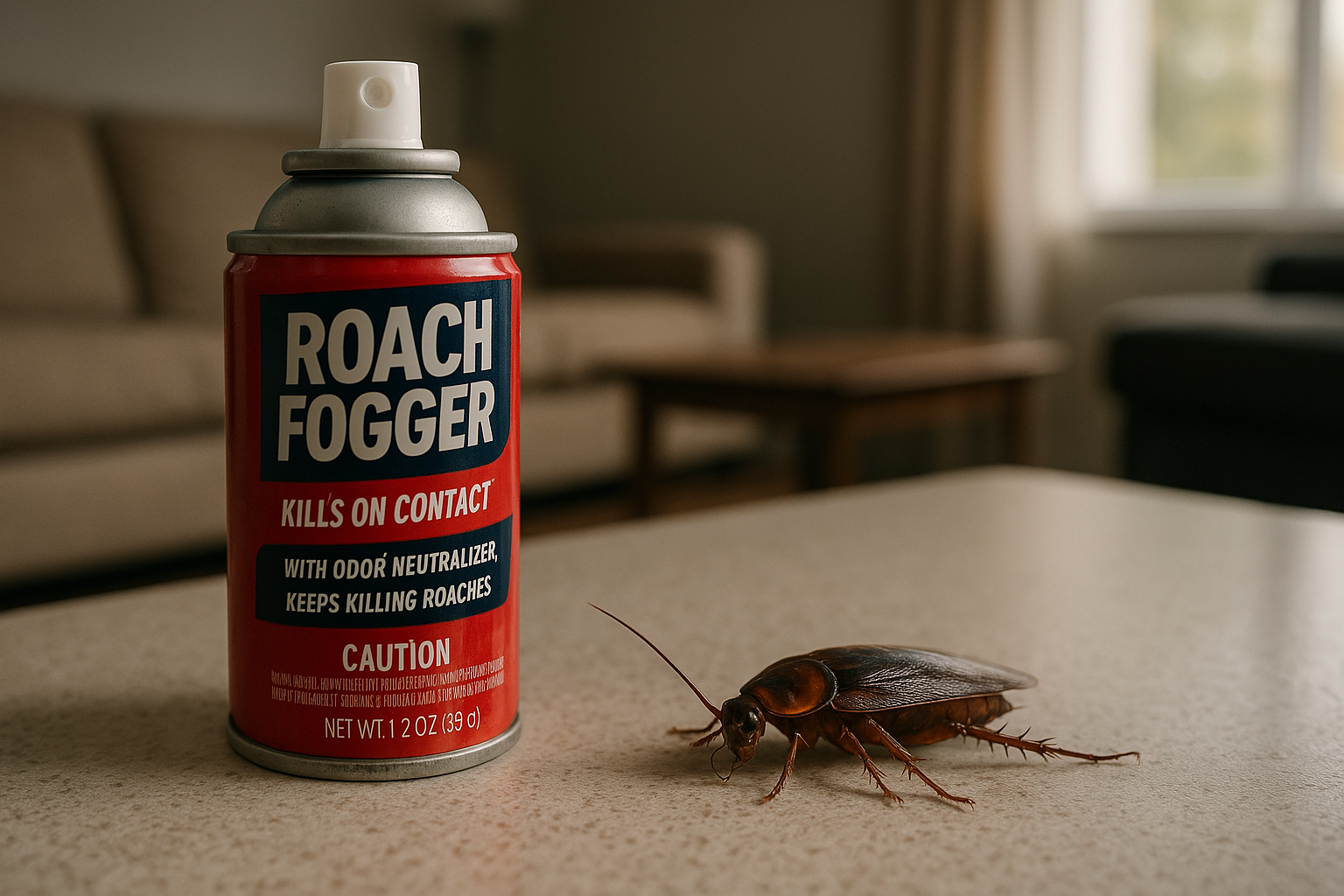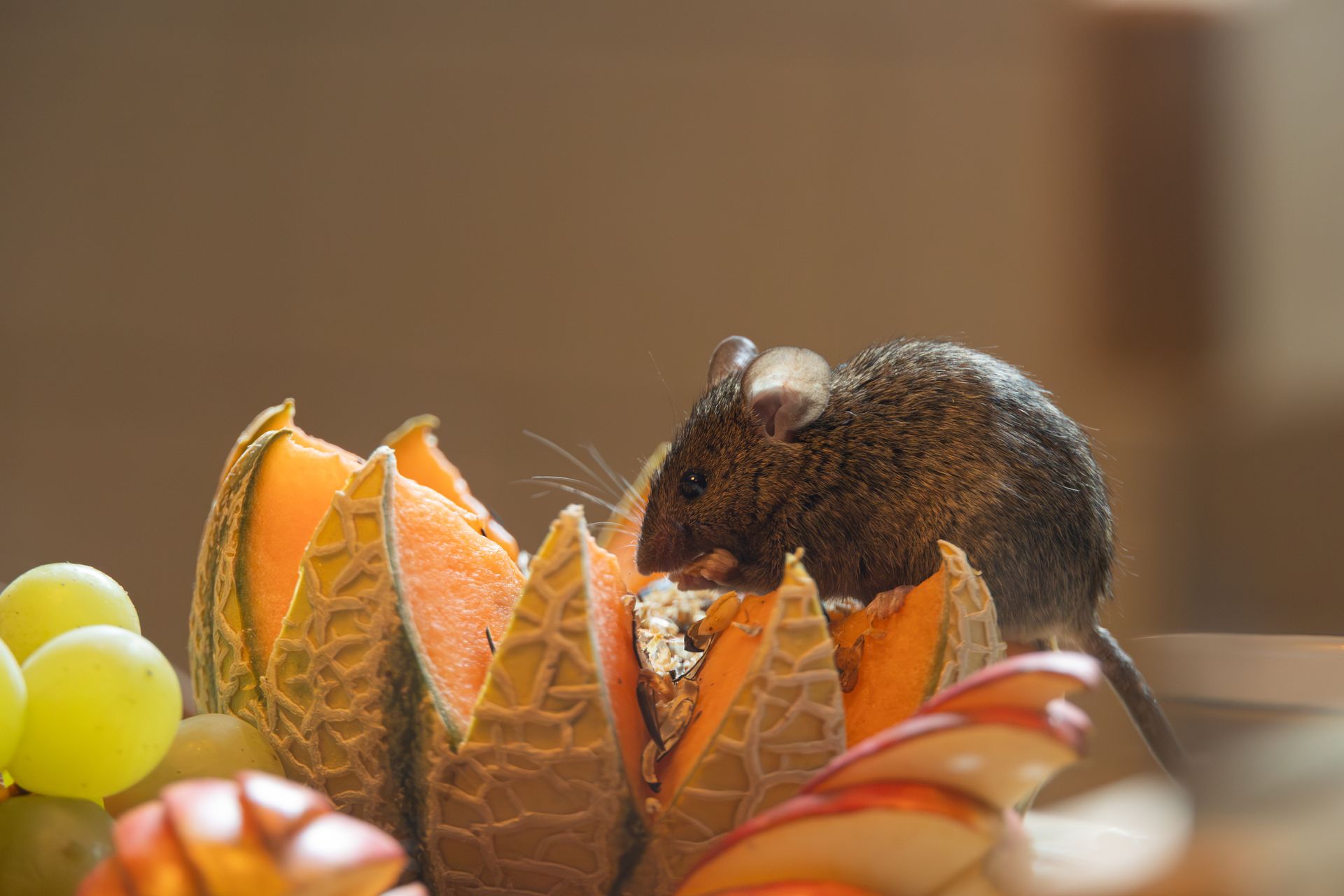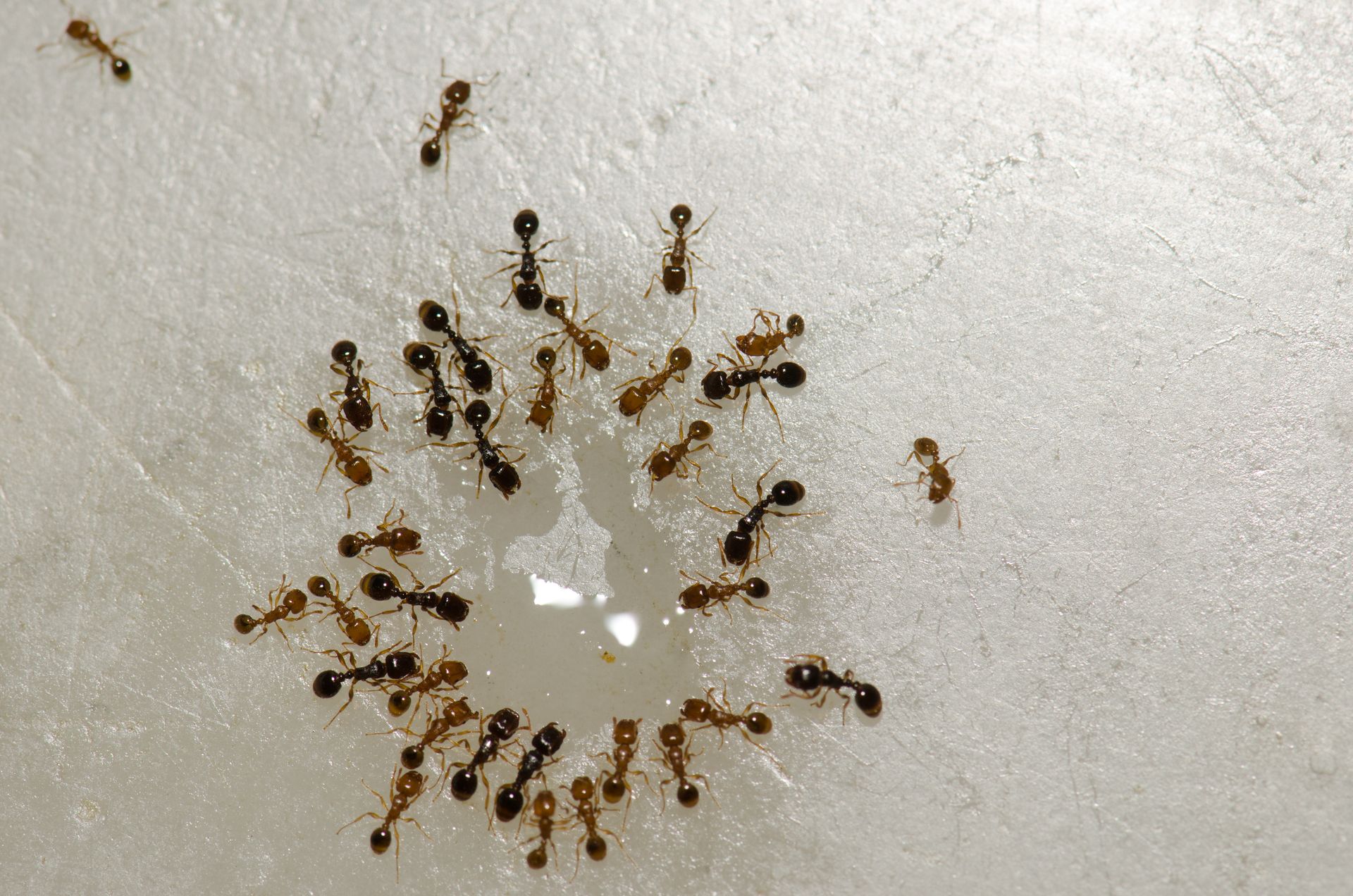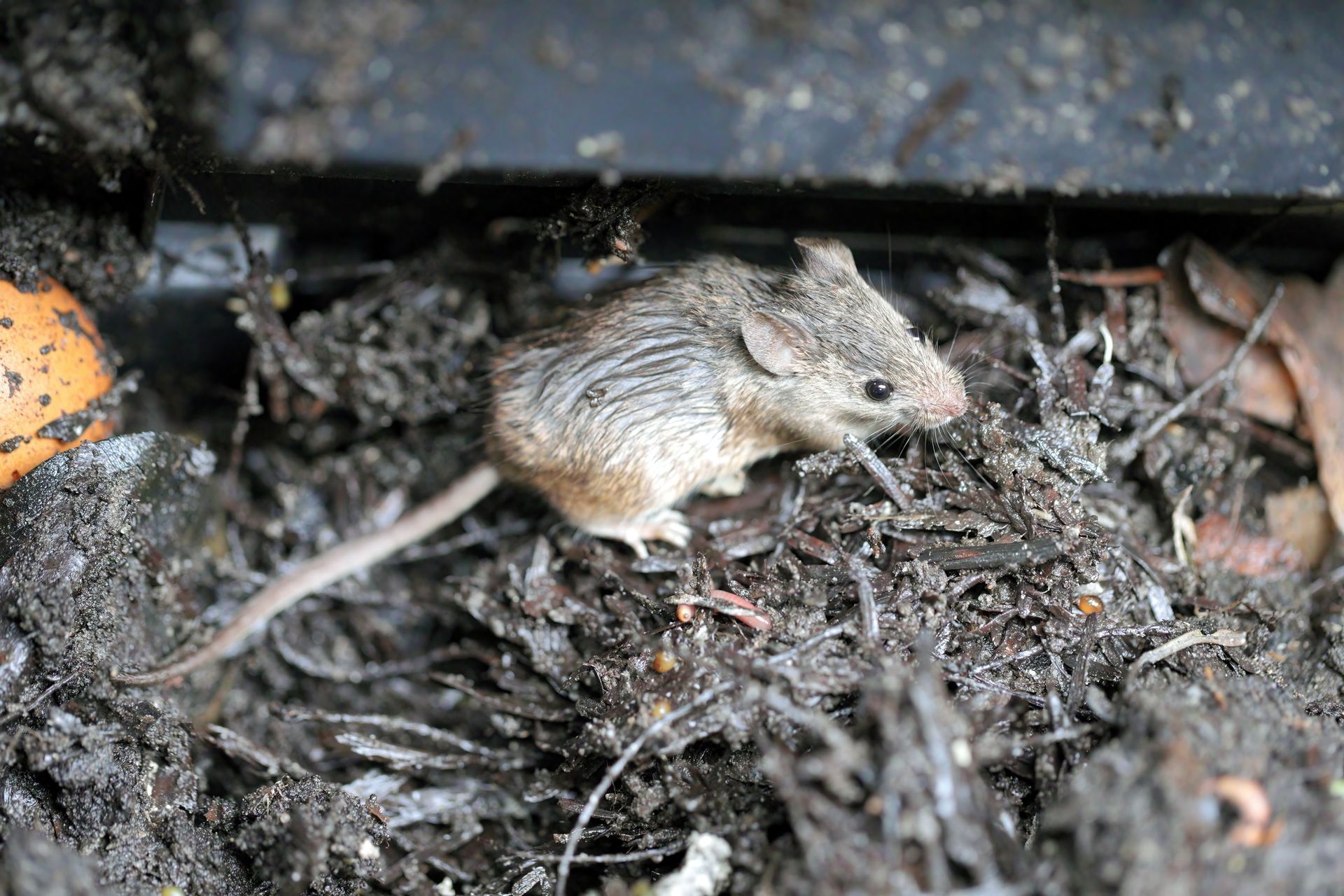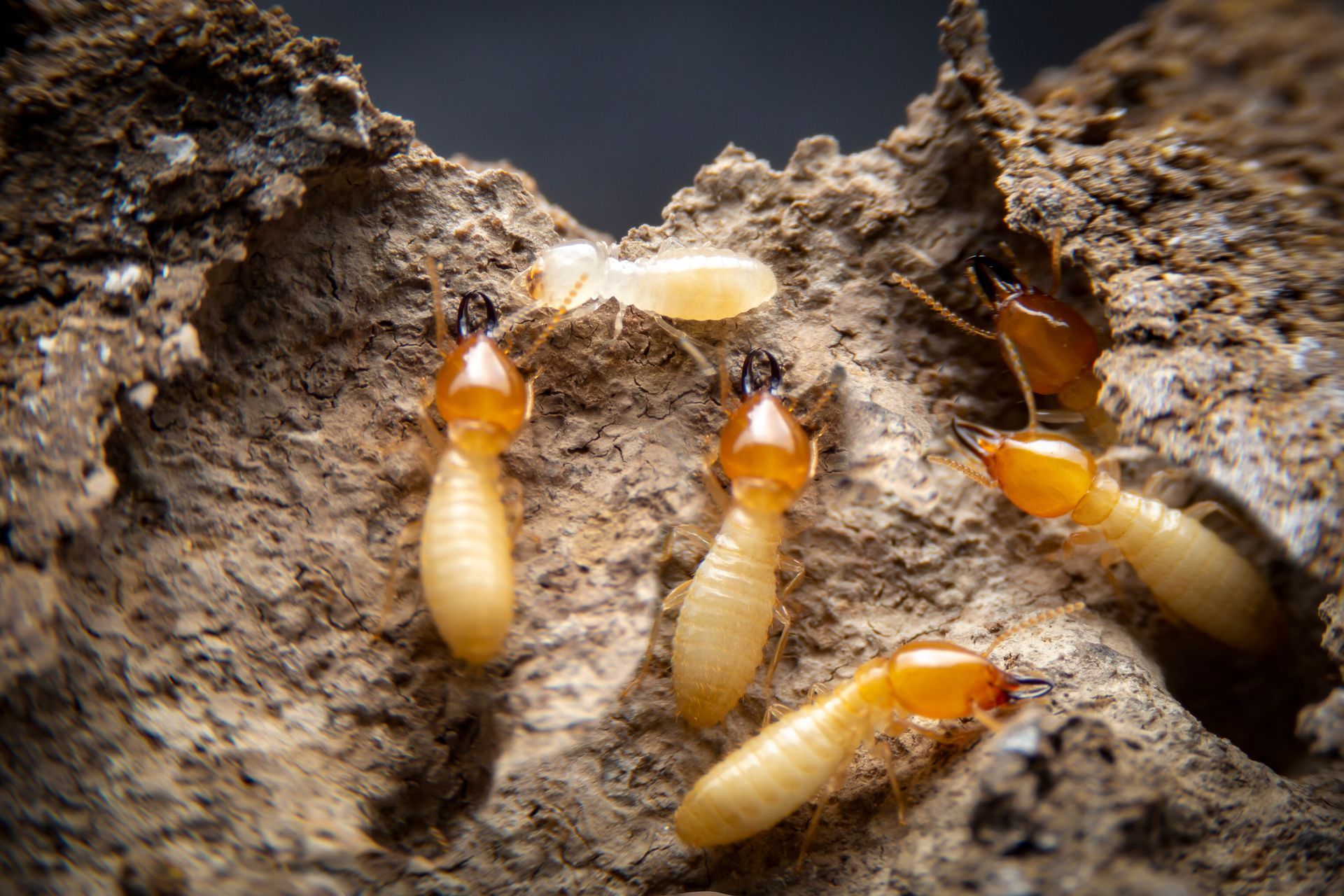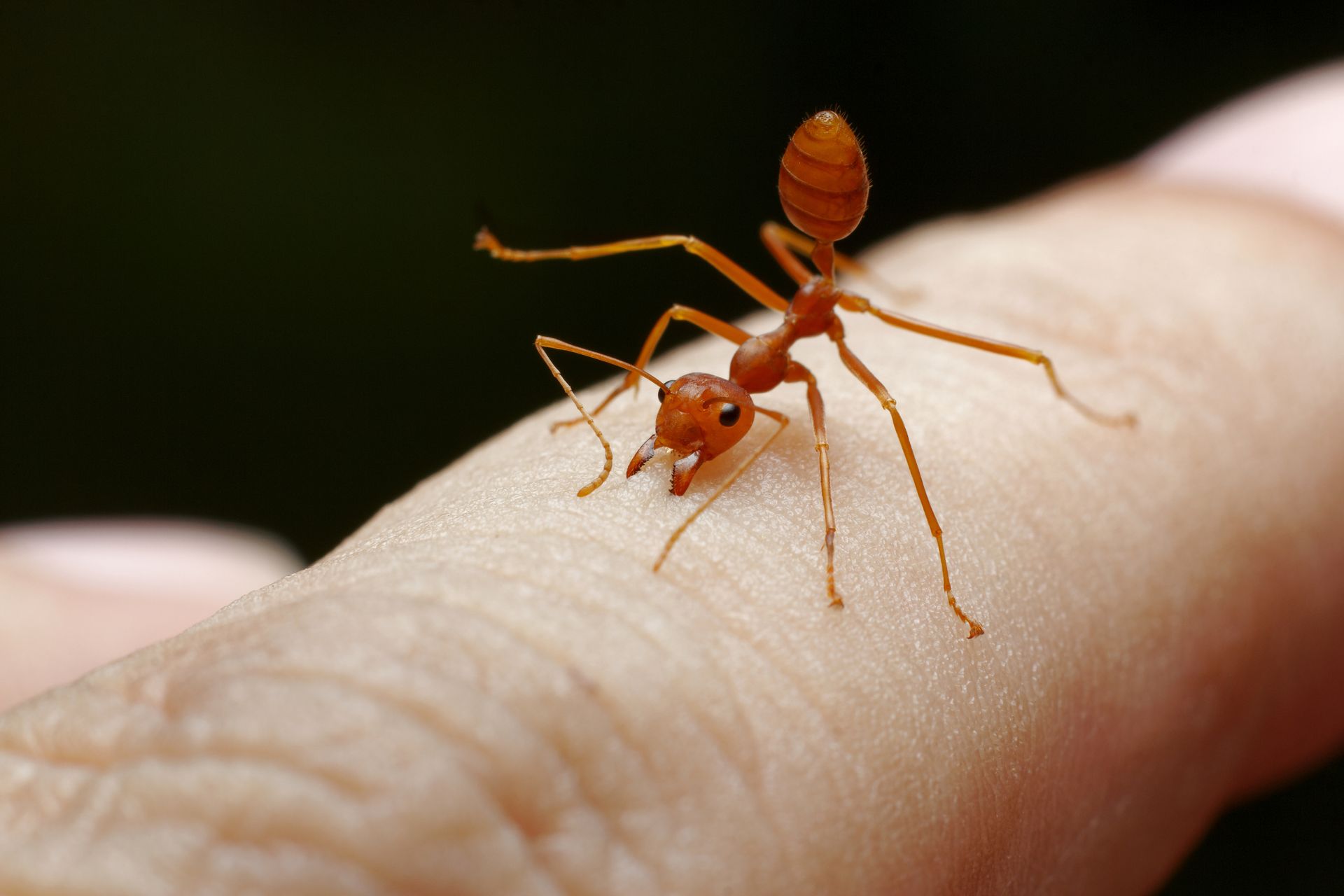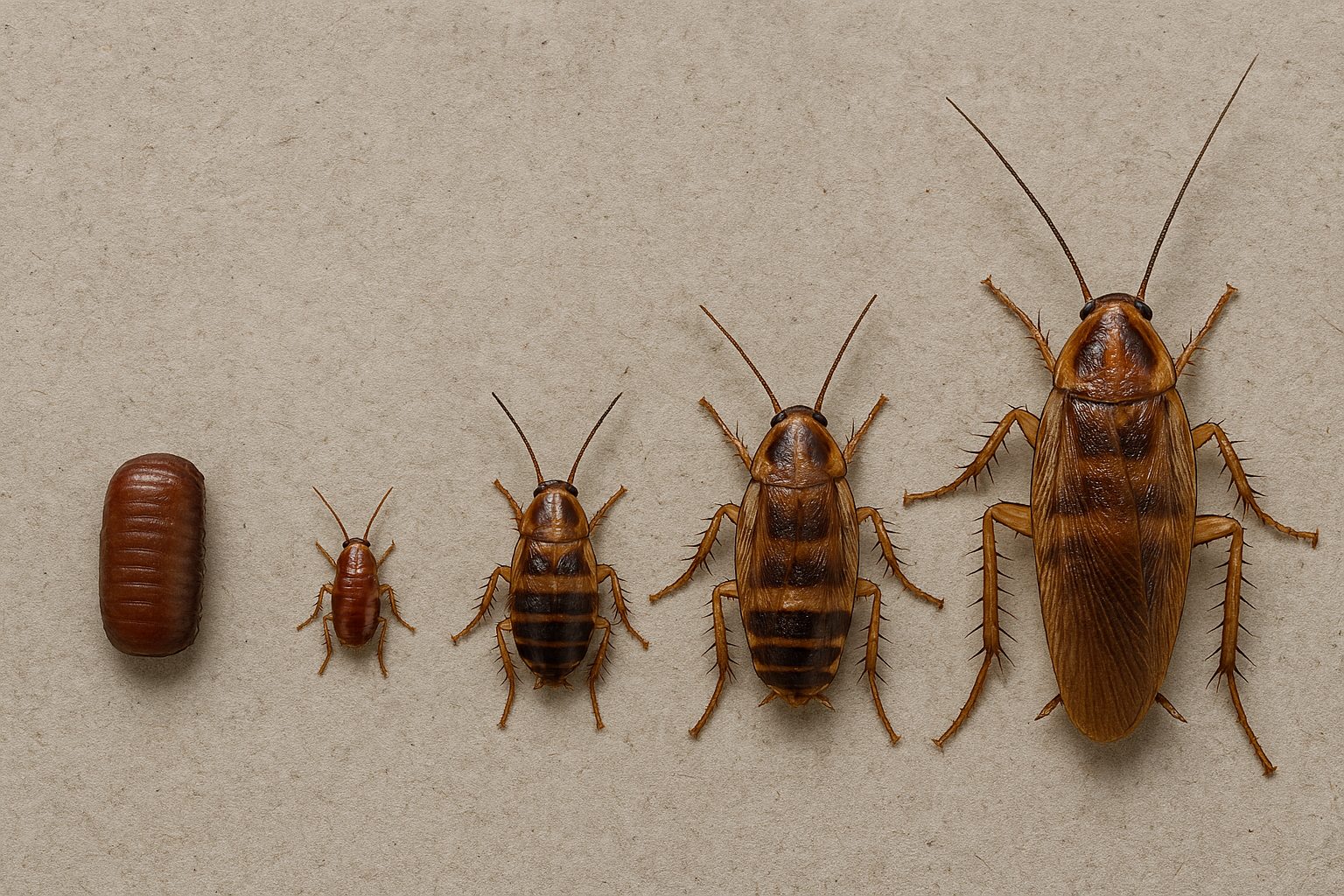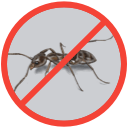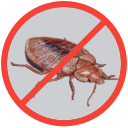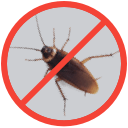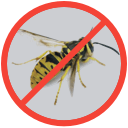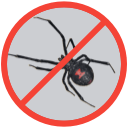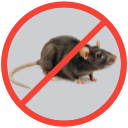Why Do Cockroaches Come Out at Night?
Discovering a cockroach scuttling across your floor after dark triggers an immediate question: why do these persistent pests emerge when the lights go out? The answer lies in millions of years of evolutionary adaptation. Cockroaches exhibit strongly nocturnal behavior patterns, with peak activity occurring during the early subjective night, particularly near the light to dark transition, when they forage, mate, and explore their territory [1]. This nighttime activity represents a sophisticated survival strategy that allows them to exploit resources while minimizing exposure to threats.
Why Are Cockroaches Nocturnal?

Cockroach nocturnality stems from complex biological and environmental factors working in concert. Research demonstrates that cockroaches possess endogenous circadian rhythms controlled by specialized neurons in their optic lobes, functioning similarly to the suprachiasmatic nucleus in mammals [2]. These internal biological clocks synchronize with environmental light cues, triggering peak activity during darkness.
The evolutionary advantages of nocturnal behavior include:
- Temperature regulation which plays a crucial role in cockroach activity patterns. As ectothermic organisms, cockroaches rely on ambient temperatures for metabolic function. Research indicates cockroaches display peak activity when ambient temperatures reach approximately 27-28°C, while actively avoiding environments that fall outside their thermal comfort zone [3]. During daylight, surface temperatures frequently exceed their thermal preferences, making nighttime exploration more energetically efficient.
- Humidity requirements further reinforce nocturnal habits. Cockroaches experience water loss through evaporation and physiological processes, with their survival and activity patterns being influenced by environmental moisture levels. Nighttime conditions typically provide higher humidity levels, reducing desiccation risk during foraging activities.
Understanding Cockroach Photophobia
Contrary to popular belief, cockroaches don't fear light itself but rather what it represents. Cockroach compound eyes consist of an immense number of ommatidia, with significant functional variability between individual photoreceptors that enables vision under diverse light conditions [4]. Cockroaches exhibit startle responses to sudden changes in illumination, with behavioral reactions occurring within seconds of light stimulus presentation [5].
This photophobic response varies among species commonly found in U.S. homes:
- German cockroaches (Blattella germanica): Most light sensitive, with escape thresholds triggered by illumination as low as 0.1 lux
- American cockroaches (Periplaneta americana): Moderate sensitivity, responding to light levels above 1 lux
- Oriental cockroaches(Blatta orientalis): Least photophobic, often active in dim light conditions
- Brown banded cockroaches (Supella longipalpa): Variable responses depending on temperature and habitat
Where Are Cockroaches Active at Night?
At night, roaches navigate homes using established routes that become habitual pathways between their hiding spots and food sources. Mark recapture studies on outdoor cockroach populations have documented movement patterns and home ranges, with some species showing mobility within estimated ranges of 108-300 square meters [6].
Primary activity zones include:
Kitchen Areas
Cockroaches concentrate activities around food preparation surfaces, exploiting microscopic food particles invisible to human eyes. Cockroach antennae contain specialized olfactory receptor neurons in basiconic sensilla that respond to food odors and chemical compounds found in natural food sources [7].
Bathroom Environments
High moisture levels and organic residues from soap, hair, and skin cells create ideal foraging grounds. Cockroaches can survive on these minimal nutritional resources for extended periods.
Utility Spaces
Water heaters, furnace rooms, and laundry areas provide warmth and humidity. German cockroaches flourish in environments with temperatures ranging from 77-86°F, which explains their attraction to the warmth generated by kitchen appliances [8].
Electronic Equipment
Modern cockroach infestations increasingly involve electronic devices. The warmth generated by electronic circuits creates an attractive environment for cockroaches, providing ideal temperatures between 77-86°F for their survival and reproduction, which explains why they commonly infest electronic equipment [9].
Can Cockroaches Cause Damage at Night?
Nocturnal cockroach activity extends beyond simple foraging, potentially causing significant household damage:
Material Degradation: Cockroaches possess powerful mandibles capable of processing cellulose, keratin, and synthetic materials. They consume book bindings, wallpaper paste, clothing starch, and even plastic insulation on electrical wiring.
Contamination Pathways: During nighttime movements, cockroaches transfer pathogens between surfaces. Research identifies 32 bacterial species, 15 fungal species, and 2 protozoan parasites commonly carried by household cockroaches [10]. Cockroaches' nocturnal activity patterns result in the deposition of allergens from their feces, body parts, and saliva throughout living spaces. While these particles can become airborne and contaminate indoor air, they settle quickly [11].
Why Do Cockroaches Run from Light?
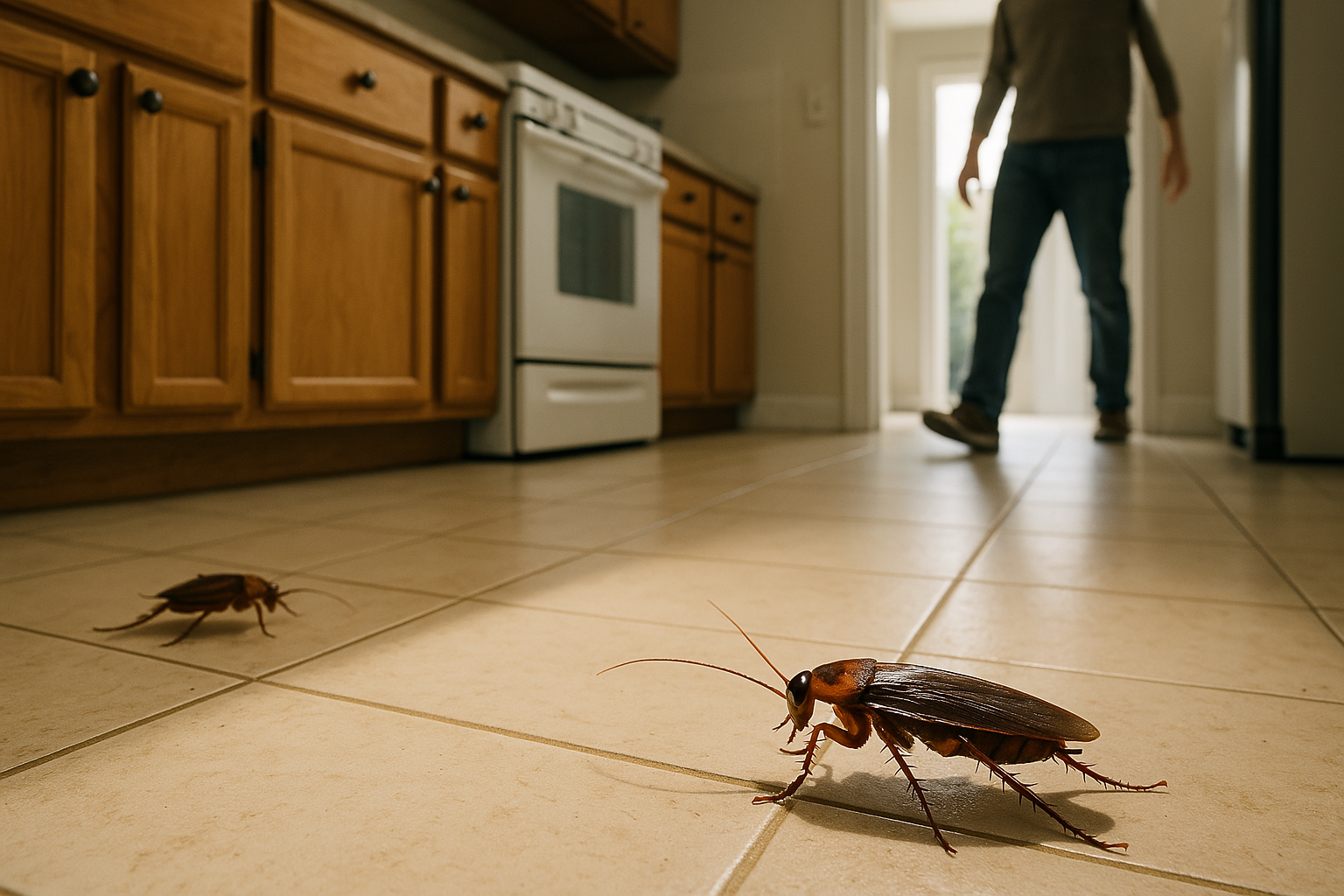
The cockroach flight response to illumination represents learned behavior rather than innate photophobia. Laboratory experiments demonstrate that cockroaches raised in constant light exhibit circadian rhythm disruption and freezing behaviors indicative of masking effects, while cockroaches normally display negative phototaxis and seek dark shelters as part of their escape behavior [12].
Neurological studies reveal that cockroaches process light information through multiple pathways: ocelli detect ambient light intensity changes and relay this information through the brain's ocellar tract neuropil to various brain regions including the posterior slope (a premotor center), while compound eyes provide the primary visual input for behavioral responses, with both systems ultimately influencing descending neurons that control locomotion [13].
This system allows cockroaches to differentiate between threatening and benign light sources, explaining why some individuals may approach illuminated screens or indicator lights while fleeing overhead illumination.
Will Leaving the Lights on Keep Cockroaches Away?
Continuous illumination provides minimal deterrent effect against established cockroach populations. Energy expenditure calculations show leaving lights on costs $15-25 monthly while providing negligible pest control benefits. More effective alternatives include:
- Installing motion activated lighting to disrupt foraging patterns
- Using yellow or amber bulbs that fall outside cockroach visual sensitivity ranges
- Combining light barriers with physical exclusion methods
Where Do Cockroaches Hide During the Day?
Diurnal refuge selection follows specific microhabitat preferences based on thigmotactic behavior—the tendency to maintain body contact with surfaces. Cockroaches require hiding spots providing:
- Surface contact on at least 3 body sides
- Temperatures within 5°F of nighttime ambient levels
- Relative humidity above 70%
- Protection from air currents exceeding 0.5 m/s
Common Daytime Harborages
- Appliance Motors: German cockroaches show particular affinity for refrigerator compressor housings, where the motor generates warmth in their preferred temperature range of 85-95°F and moisture from condensation provides ideal conditions.
- Plumbing Penetrations: Gaps around pipes provide ideal harborage, offering moisture access and structural routes between rooms. Oriental cockroaches frequently establish breeding populations within 6 inches of plumbing fixtures.
- Electrical Outlets: Brown banded cockroaches utilize wall voids accessed through outlet boxes, potentially creating fire hazards through accumulated debris and moisture.
- Furniture Joints: Wooden furniture joints expand and contract with humidity changes, creating variable gap sizes that accommodate different developmental stages of cockroaches.
Do Cockroaches Sleep During the Day?
These insects enter dormant states where their bodily functions slow significantly and they become less reactive to disturbances around them. Electroantennogram recordings in cockroaches show circadian rhythms in antennal sensitivity, with peak amplitude occurring during the subjective day (active period) and reduced sensitivity during rest periods. While the exact magnitude of reduction varies, studies have shown that olfactory receptor neuron activity and EAG amplitude follow parallel circadian patterns regulated by the circadian system [14]:
- Maintenance of postural muscle tone
- Regular cleaning of their sensory organs occurs multiple times per hour to maintain detection capabilities
- Rapid arousal capability within 0.3 seconds of disturbance
- Synchronized rest among colony members through pheromone signaling
How Bad is the Infestation if You See Cockroaches During the Day?
When roaches appear during daylight hours, it typically signals that overcrowding has forced them from their preferred dark refuges. Observational studies indicate that daytime cockroach activity typically occurs when populations are under stress due to overcrowding, with available harborage spaces becoming filled, or when food and moisture are scarce.
Severity indicators based on daytime sightings estimate:
- 1-2 cockroaches weekly: Established population of 50-100 individuals
- Daily sightings: Colony size exceeding 200 members
- Multiple cockroaches simultaneously: Population density surpassing 1,000 per residence
Signs of Cockroach Activity to Look For
Even without seeing the insects themselves, several telltale signs reveal an active infestation in your home:
- Fecal Markers: Cockroach feces contain aggregation pheromones that remain stable and biologically active for extended periods when deposited on appropriate substrates. German cockroach feces appear as pepper like specks 1mm in length, while American cockroach droppings resemble mouse droppings but with ridged surfaces.
- Oothecae (Egg Cases): Species specific characteristics aid identification:
- German: Light brown, 8mm x 3mm, containing 30-40 eggs
- American: Dark mahogany, 12mm x 5mm, holding 14-16 eggs
- Oriental: Black, 10mm x 5mm, with 16-18 eggs
- Brown banded: Yellowish, 5mm x 3mm, containing 10-18 eggs
- Exuviae (Shed Skins): Cockroaches molt 6-7 times before reaching adulthood, leaving translucent exoskeletons near harborages. These shells contain allergen proteins that remain active for extended periods.
How Do I Get Rid of Roaches?
Successfully removing these pests demands targeting the nighttime activities that sustain their colonies:
Targeted Night Interventions
- Monitoring: Deploy sticky traps along walls where cockroaches travel nocturnally. Check traps every 24-48 hours during initial assessment, recording capture locations and times to map activity patterns.
- Crack and Crevice Treatment: Apply gel baits containing fipronil or indoxacarb during late evening when cockroaches begin foraging.
- Void Treatments: Inject desiccant dusts like diatomaceous earth or silica aerogel into wall voids during daytime when cockroaches rest. These materials cause death through cuticular water loss in a short period.
Behavioral Disruption Strategies
- Ultrasonic Devices: Despite marketing claims, peer reviewed studies show no significant effect on cockroach behavior from ultrasonic pest repellers.
- Pheromone Interference: Synthetic cockroach aggregation pheromones are used as attractants in monitoring traps, while mating disruption using synthetic sex pheromones can reduce reproduction when properly deployed.
Environmental Modification:
- Reduce relative humidity below 50% using dehumidifiers
- Maintain temperatures below 70°F where possible
- Eliminate water sources through plumbing repairs
- Clear away cooking remnants and dining area crumbs promptly after eating
How Can Professional Cockroach Exterminators Help?
Professional intervention leverages advanced technologies and systematic approaches unavailable to homeowners:
- Growth Regulators: Insect growth regulators (IGRs) like hydroprene prevent nymphal development, causing population collapse within 60-90 days. Proper dosing depends on accurately measuring treatment areas to ensure adequate coverage without waste or overuse.
- Exclusion Systems: Professionals can recommend copper mesh, escutcheon plates, and specialized sealants that are designed to withstand cockroach gnawing pressures of 5-7 pounds per square inch.
- Resistance Management: Rotating active ingredients prevents resistance development, a growing concern with German cockroach populations showing 500-fold resistance to certain pyrethroids [15].
Contact EcoGuard if You Are Dealing with Cockroaches
Don't let nocturnal cockroaches disrupt your peace of mind. EcoGuard's certified technicians understand the complex behavioral patterns that drive cockroach activity after dark. Our comprehensive nighttime assessments identify hidden populations, while our eco-friendly treatment protocols eliminate infestations at their source. Using advanced monitoring technology and targeted application methods timed to cockroach emergence patterns, we ensure complete colony elimination without compromising your family's safety. Contact EcoGuard today for a thorough evaluation and customized treatment plan that sends these nighttime invaders packing for good.
Cockroach at Night FAQs
How do I stop roaches from coming out at night?
Complete prevention requires eliminating access to resources cockroaches seek during nocturnal foraging. Seal cracks larger than 1/16 inch using silicone caulk, install door sweeps with maximum 1/8 inch clearance, and repair plumbing leaks that provide water sources. Apply gel baits in areas showing fecal spotting or aggregation pheromone deposits. Most importantly, maintain kitchen sanitation by cleaning all surfaces with enzymatic cleaners that break down protein residues cockroaches detect.
Why should you not squish a roach?
Crushing cockroaches releases oleic acid, a death pheromone that attracts other cockroaches to investigate and potentially cannibalize the corpse. Additionally, pregnant females may release viable oothecae when crushed, potentially spreading 20-40 eggs across your floor. The crushing action also aerosolizes allergen particles from the exoskeleton, potentially triggering respiratory reactions in sensitive individuals. Instead, use a vacuum with HEPA filtration or sticky traps for removal.
Should I be worried if I see a cockroach at night?
A single nighttime sighting typically indicates an established population rather than a lone individual. Immediate action prevents exponential population growth—a single fertilized female can produce 400 offspring within one year. Begin monitoring with sticky traps and inspect common harborage areas within 24-48 hours of the sighting.
Do roaches go near sleeping humans?
Cockroaches may approach sleeping humans when population pressures create food scarcity. These opportunistic feeders target human-related nutrients including facial oils, shed epidermal tissue, and microscopic organisms living on our bodies. Medical reports have recorded instances where sleeping people experienced nibbling on their nail beds, eye area, and thickened skin patches. However, this behavior typically occurs only in severe infestations exceeding 1,000 individuals per dwelling. Maintain bedroom sanitation and address infestations promptly to prevent such encounters.
Will keeping my house cold keep roaches away?
Temperature manipulation offers limited cockroach control. While activity decreases below 60°F, cockroaches enter a dormant state rather than dying. German cockroaches survive temperatures down to 32°F for several hours, while American cockroaches tolerate brief exposures to 25°F. Maintaining indoor temperatures below 65°F year round costs approximately $200-400 monthly in most climates while only suppressing, not eliminating, populations. Cold temperatures may also drive cockroaches deeper into wall voids and insulation, making future treatment more difficult.


